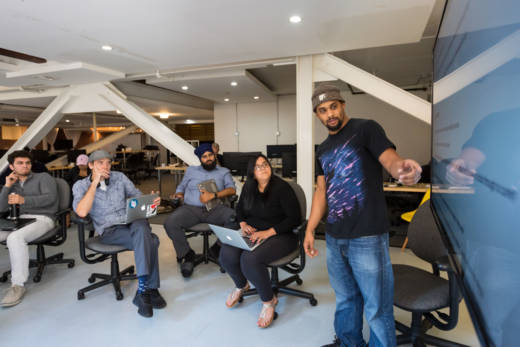Money has always been tight for Diana Vashti. While studying poetry at Michigan State, she racked up $20,000 in student loans and eventually dropped out.
But while Vashti was working at a craft store in San Francisco, her roommate, a software engineer, introduced her to websites that taught programming.
“I did some free code camp tutorials, and I kind of just felt in love with it,” she said. “But I needed social support for learning on my own.”
Vashti, 31, decided she wanted to become a coder. She looked into coding boot camps, short intensive programs known to be a fast track into software development. But most come with a hefty upfront price tag of $8,000 to $30,000. That was out of the question.
Then Vashti clicked on an online ad for Learners Guild, a 10-month developer program located in downtown Oakland. The program is one of a handful of coding schools that offer “income-share agreements,” which means students don’t have to pay until they get a job making more than $50,000 a year. And depending on their salary, graduates will fork over 12 to 20 percent of it for three years.
